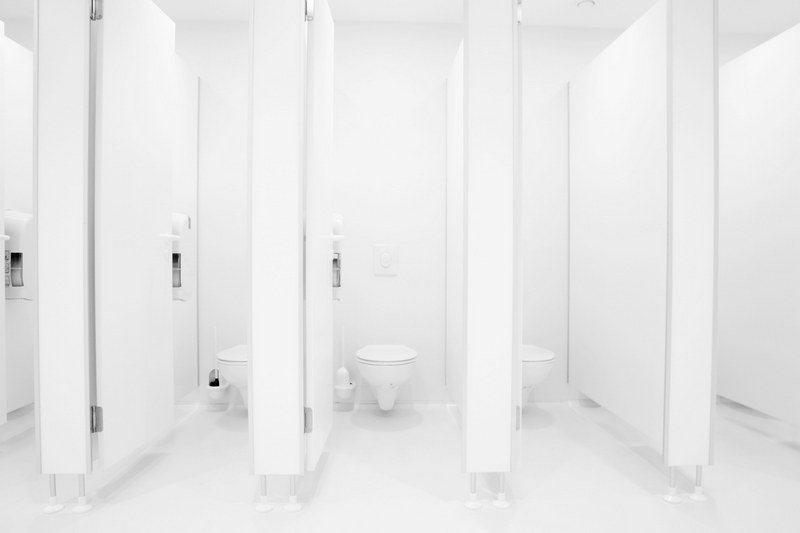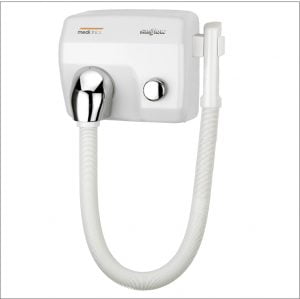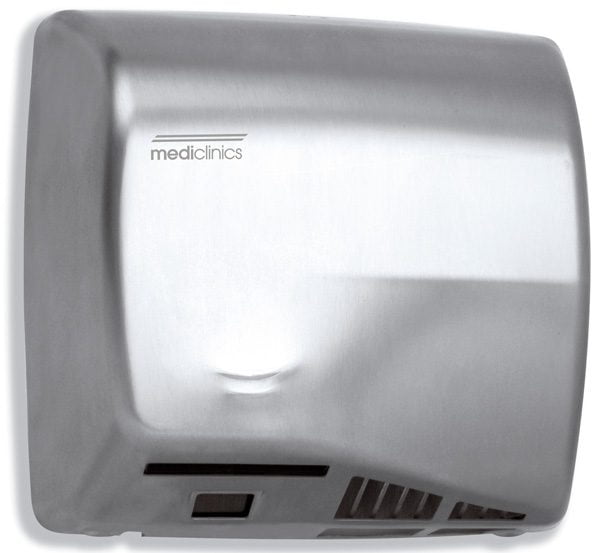How Is Sanitary Waste Disposed Of?
In any women’s or unisex bathroom there should be a sanitary bin available for the collection of feminine hygiene products – this is indeed a requirement for workplaces by Work Safe Australia, and key to any well-managed public washroom facility. But are there any rules around what to do with sanitary waste, and how is this type of waste disposed of? First, let’s take a look at how sanitary waste is classified.

What type of waste is sanitary waste?
While waste classifications do vary from state to state and it’s important to research your own local legislation, most classifications of waste are fairly consistent across the country. In New South Wales, for example, items such as sanitary waste, incontinence pads and disposable nappies are classified as General Solid Waste. This means sanitary waste can be disposed of in landfill as with general household rubbish.
Does this mean our own cleaners can empty our feminine hygiene bins?
The answer is generally yes. There are many workplaces, schools and facilities where this is not necessary or cost-effective. Because sanitary waste is not classified as clinical or hazardous waste, there’s no rule against cleaners emptying them. In fact, many businesses choose to invest in their own sanitary bins and can save themselves a fortune in service fees.
Why do some sanitary bins have a notice saying “Cleaners – do not empty”?
If you’ve ever seen this type of notice, it merely refers to the fact that a third-party service is responsible for emptying those bins on a regular basis. These bins might also include granules or other systems designed to extend the time between collections.
How do you safely dispose of sanitary waste?
The most important aspect of disposing of sanitary waste is to protect people from coming into contact with bodily fluids or bacteria, both from a public health perspective and to provide a safe work environment for cleaners. Cleaning staff should always wear gloves and PPE while emptying bins, and carefully place sealed bags into a second lined bin for contained and discreet removal from the premises. Products such as easy-use bin liners can be invaluable in minimising contact with sanitary waste.
Do feminine hygiene bins need to be sanitised?
It’s wise to regularly sanitise all surfaces such as door handles and tap handles for a hygienic bathroom experience. In a shared washroom, it’s easy to see how touching a contaminated unit can quickly spread pathogens! Therefore, it’s recommended that cleaning staff regularly sterilise the surfaces of sanitary bins using antibacterial liquid or spray.
What types of products are suitable for sanitary waste disposal?
If you’re managing commercial or public facilities, then you may be looking for a suitable sanitary receptacle that makes disposal and cleaning easy. When searching, look for a product that is suitably sized, easy to clean around and minimises contact for both users and personnel who will be emptying the sanitary bins. Bins with automatic sensors can minimise surface contact and improve the experience for washroom visitors.
Davidson Washroom supplies a number of nappy and sanitary bins including our bestselling Lady Sanitary Bin in a slimline design. We also offer the new Pod Petite in a manual or automatic sensor configuration, which contain biodegradable liner cassettes to provide protection to those emptying the bin. The new Pod Petite design attaches directly to the wall and is very easy to clean under and around. The best part about the range is it can be handled by your current service personnel, meaning you can save costs on additional cleaning fees.
With smart designs, thoughtful product selection and a sensible workflow for cleaning, sanitary waste disposal can be a low-cost and low-risk process in any facility.




